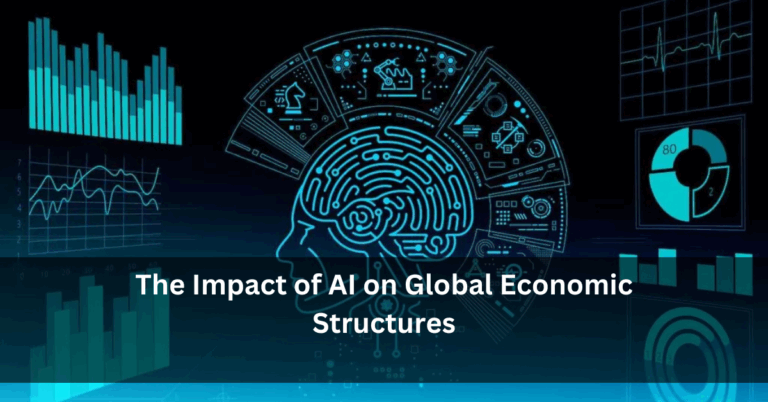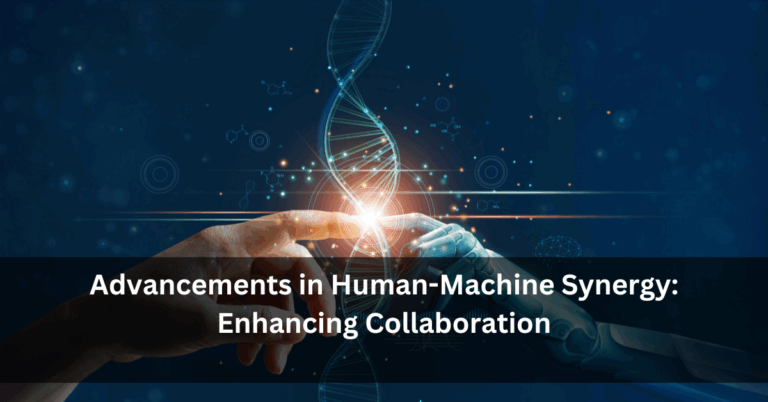The Impact of AI on Wildlife Habitat Connectivity Analysis
Artificial Intelligence (AI) technology has emerged as a powerful tool in the field of wildlife conservation in recent years. By utilizing cutting-edge algorithms and advanced data analysis techniques, AI has enabled researchers and conservationists to monitor and protect endangered species more effectively than ever before. With the ability to process vast amounts of data quickly and accurately, AI plays a crucial role in tracking animal populations, identifying threats to their habitats, and guiding conservation efforts towards more targeted and impactful strategies.
Moreover, AI technology has revolutionized the way wildlife habitats are monitored and managed. By analyzing satellite imagery and other geospatial data, AI algorithms can identify key habitat characteristics, map wildlife corridors, and predict potential areas of conflict between animals and human activities. This level of detailed analysis allows conservationists to make informed decisions about land use planning, habitat restoration, and wildlife protection, ultimately leading to more sustainable and successful conservation outcomes.
Challenges in analyzing wildlife habitat connectivity
Analyzing wildlife habitat connectivity poses significant challenges due to the complexity of natural ecosystems. One of the main obstacles is the vast amount of data that needs to be collected and processed to understand how different habitats are interconnected. This data may include information on species distribution, landscape features, and environmental variables that influence habitat connectivity.
Moreover, the dynamic nature of wildlife movements and habitat changes further complicates the analysis. Animals do not adhere to fixed boundaries, and habitats are continually evolving due to factors such as climate change, human development, and natural disasters. This constant flux makes it challenging to accurately predict and assess habitat connectivity over time. As a result, conservationists and researchers face the daunting task of keeping up with these dynamic changes to ensure effective wildlife habitat connectivity analysis.
Benefits of using AI for habitat connectivity analysis
Utilizing AI for habitat connectivity analysis offers numerous advantages in bolstering conservation efforts. AI technologies, such as machine learning algorithms, can efficiently process vast amounts of data to create intricate models of wildlife habitats. These models enable conservationists to gain valuable insights into how different habitats are connected and the impact of landscape changes on wildlife populations.
AI also enhances the accuracy of habitat connectivity analysis by detecting complex patterns and relationships that might be missed by human observers. By providing more precise information on how habitats are interconnected, AI can aid in the effective design of conservation strategies and protected areas. Additionally, the automation capabilities of AI streamline the analysis process, saving time and resources that can be redirected towards implementing conservation measures.
What is AI technology and how does it relate to wildlife conservation?
AI technology refers to the use of artificial intelligence algorithms and systems to analyze and interpret data. In wildlife conservation, AI can be used to analyze habitat connectivity and help in creating more effective conservation strategies.
What are some challenges in analyzing wildlife habitat connectivity?
Some challenges in analyzing wildlife habitat connectivity include the vast amount of data that needs to be processed, the complex relationships between different habitats, and the need for accurate and up-to-date information on wildlife movements.
How can AI benefit habitat connectivity analysis?
AI can benefit habitat connectivity analysis by processing large amounts of data quickly and accurately, identifying patterns and relationships that may not be immediately apparent to human analysts, and helping to optimize conservation efforts by identifying key areas for habitat restoration or protection.
Can AI help in creating more effective conservation strategies?
Yes, AI can help in creating more effective conservation strategies by providing insights into habitat connectivity, identifying areas that are critical for wildlife movement, and predicting how changes in habitat connectivity may impact different species. This information can then be used to guide conservation efforts and prioritize actions to protect and restore wildlife habitats.







